Full expensing - the fine print
You’ve heard from a colleague that all equipment bought for your business now qualifies for 100% relief as a deductible expense, so there’s no need to keep a separate record of it as expenditure. Is he right and why does it matter?
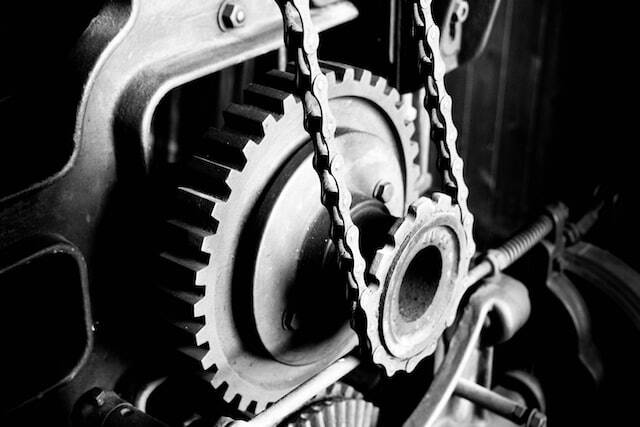
The basics
The Spring Budget 2023 introduced full expensing which temporarily applies to companies which incur qualifying expenditure on plant or machinery between 1 April 2023 and 31 March 2026. The tax deduction is given as a capital allowance (CA) (HMRC’s equivalent of depreciation) and can be equal to 100% of the cost of the equipment for the accounting period in which the cost was incurred . Full expensing is only available to companies that are subject to corporation tax.
Plant and machinery must still be separately identified as capital expenditure as this determines that full expensing is available. Identification should be taken promptly so that a claim can be made for the accounting period of purchase, otherwise full expensing is lost.
Exclusions
The following categories of asset are excluded from full expensing:
- previously used, i.e. second hand
- cars
- received as a gift; or
- bought to lease to someone else.
Calculating the deduction
For most assets full expensing results in a 100% deduction of the cost against taxable profits as a first year allowance (FYA). However, for “special rate” expenditure, a 50% FYA can be claimed instead, with the unrelieved amount qualifying for a 6% writing down allowance in subsequent accounting periods.
Special rate expenditure includes lifts, electrical work and equipment with an expected life of more than 25 years.
Where an asset qualifies for more than one type of CA, you can opt for the most beneficial.
What about the AIA?
The now permanent annual investment allowance (AIA) entitles all businesses up to £1 million of tax relief for purchases of plant and machinery (including second-hand items). Full expensing complements the AIA so up to £2 million of equipment purchases can be made by a company with 100% tax relief.
Example. Acom Ltd incurs £2 million on an electrics upgrade. The AIA will cover £1 million and the remaining £1 million will potentially qualify for a 50% FYA.
Clawback
The downside of full expensing is the clawback of relief (in the form of a balancing charge) on disposal. The value of the balancing charge will usually be 100% of the disposal proceeds (50% for special rate expenditure).
It is vital to maintain an asset register, showing cost, date of purchase, and allowances claimed, so that disposals can be tracked.
Example. Bcom Ltd sold plant for £40,000 which had originally cost £100,000. The balancing charge will be £40,000. If the expenditure had qualified for a 50% FYA, the balancing charge would be £20,000 and a further £20,000 would be deducted from the special rate pool balance.
Related Topics
-
Budget 2024: looking behind the speech
The Budget included headline-grabbing tax changes but others were buried in the fine print. What were they and how might they affect you?
-
Employers' NI rate hike: mitigating the extra cost
The news that employers' NI is to increase next year was all but known before last week's Budget. However, there were some unexpected "ifs" and "buts" to consider too. What's the full story?
-
Small businesses braced for extra capital gains tax burden
The 2024 Autumn Budget included a number of capital gains tax (CGT) announcements, including increases to the main rates. But why will small business owners be feeling particularly targeted?
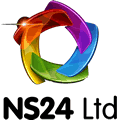
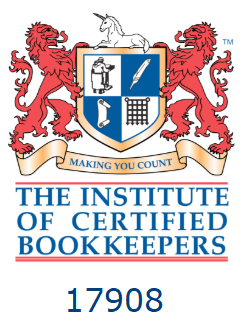

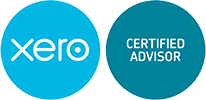
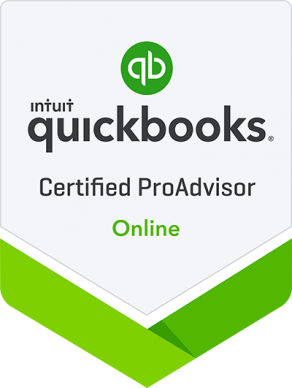
 This website uses both its own and third-party cookies to analyze our services and navigation on our website in order to improve its contents (analytical purposes: measure visits and sources of web traffic). The legal basis is the consent of the user, except in the case of basic cookies, which are essential to navigate this website.
This website uses both its own and third-party cookies to analyze our services and navigation on our website in order to improve its contents (analytical purposes: measure visits and sources of web traffic). The legal basis is the consent of the user, except in the case of basic cookies, which are essential to navigate this website.